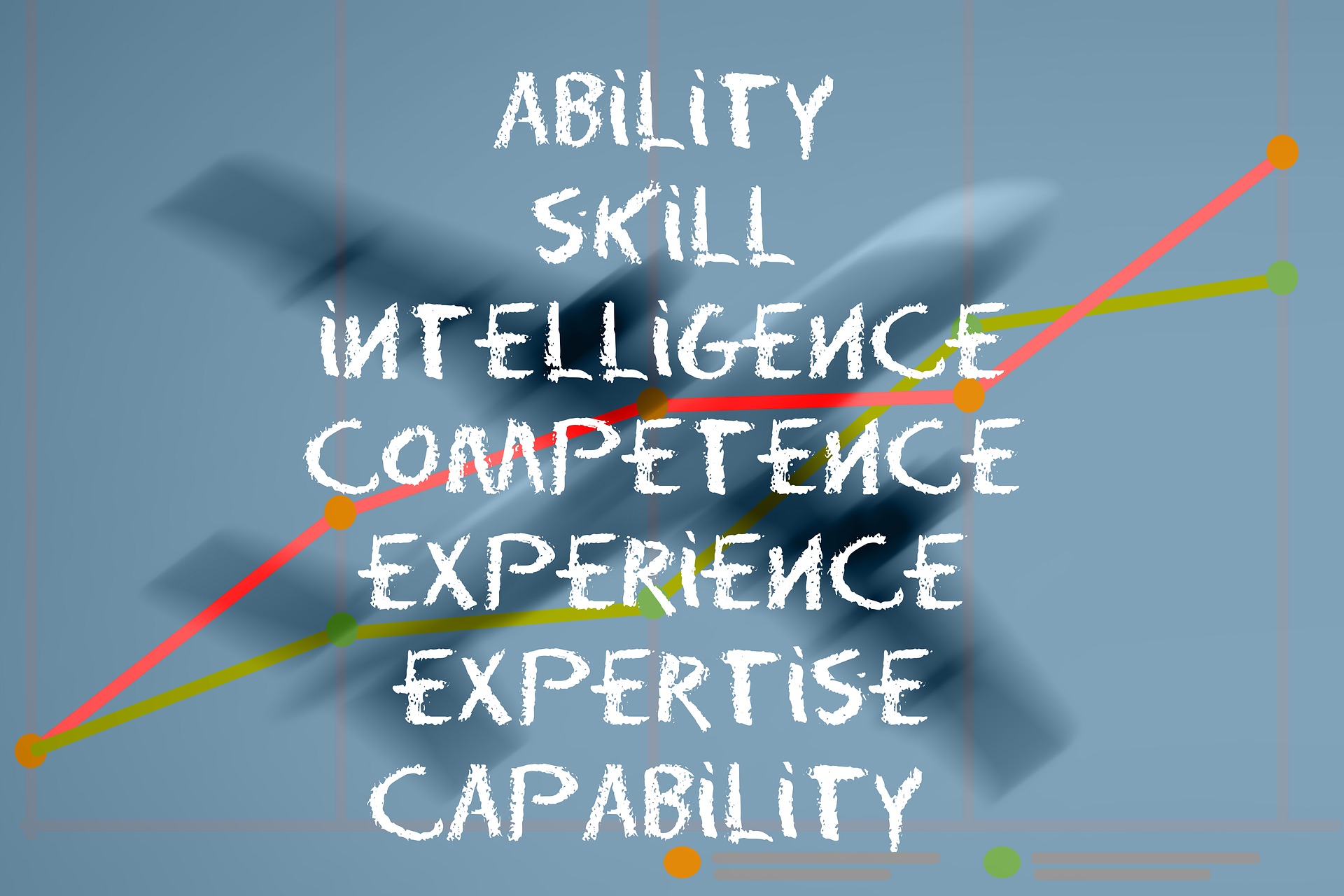Articles related to Business – IT alignment
How to improve firm performance using big data analytics capability and business strategy alignment?
Shahriar Akter. Samuel Fosso Wamba. Angappa Gunasekaran. Rameshwar Dubey. Stephen J. Childe. (2016), International Journal of Production Economics , 182 , 113-131.
This study aims to examine the role of big data analytics capability (BDAC) for firm performance. It identifies important dimensions of BDAC and emphasizes the complementarities between them for improved performance and sustained competitive advantage.
IT competence Business – IT alignment Data & Business analytics
e-Leadership through strategic alignment: An empirical study of small- and medium-sized enterprises in the digital age
Weizi Li. Kecheng Liu. Maksim Belitski. Abby Ghobadian. Nicholas O'Regan. (2016), Journal of Information Technology , 31 (2) , 185-206.
This article examines how e-leadership capabilities in small- and medium-sized enterprises (SMEs) drive successful alignment between business strategy and digital technology.
Organizational agility Business – IT alignment Digital leadership
Discriminating IT Governance
Amrit Tiwana. Stephen K. Kim. (2015), Information Systems Research , 26 (4) , 637-874.
This article investigates how the interplay between a firm’s IT governance choices (i.e. which department makes what IT decisions) and the IT unit’s and line functions’ peripheral knowledge (i.e. one department’s knowledge in the other’s domain) shapes IT strategic agility.
IT competence Business – IT alignment
Aligning with new digital strategy: A dynamic capabilities approach
Adrian Yeow. Christina Soh. Rina Hansen. (2018), Journal of Strategic Information Systems , 27 (1) , 43-58.
This article examines the IT alignment process in an organization that augments its pure business-to-business model with an Internet-based business-to-consumer digital strategy. It seeks to answer the question of how the aligning process unfolds through organizational actions in a digital strategy context.
Information systems strategy Digital transformation Business – IT alignment
Information systems use as strategy practice: A multi-dimensional view of strategic information system implementation and use
Viktor Arvidsson. Jonny Holmström. Kalle Lyytinen. (2014), Journal of Strategic Information Systems , 23 (1) , 45-61.
This article discusses challenges of implementing strategic change associated with information system implementation and use. The concept of strategy blindness is used to describe the incapability of an organization to realize the strategic intent of implemented, available system capabilities.
Information systems strategy Business – IT alignment
A study of IS assets, IS ambidexterity, and IS alignment: The dynamic managerial capability perspective
Jeffrey C.F. Tai. Eric T.G. Wang. Hsi-Yin Yeh. (2019), Information & Management , 56 (1) , 55-69.
This study investigates factors supporting IS-business alignment, which is understood as the alignment of information systems with required strategic decision support and operational support.
Information systems strategy IT competence Business – IT alignment
How information technology governance mechanisms and strategic alignment influence organizational performance: Insights from a matched survey of business and IT managers
Shelly Ping-Ju Wu. Detmar W. Straub. Ting-Peng Liang. (2015), Management Information Systems Quarterly , 39 (2) , 497-518.
This study investigates how organizational value is created through IT governance mechanisms and business-IT strategic alignment. It shows that IT governance can facilitate alignment between IT strategy and business strategy, and thereby lead to performance improvements.
Information systems strategy Business – IT alignment Digital leadership
Enhancing the measurement of information technology (IT) business alignment and its influence on company performance
Jerry Luftman. Kalle Lyytinen. Tal ben Zvi. (2017), Journal of Information Technology , 32 (1) , 26–46.
This article develops a measure of IT-business alignment and defines the scope and nature of activities that contribute to alignment.
Information systems strategy Business – IT alignment
Understanding employee competence, operational IS alignment, and organizational agility - an ambidexterity perspective
Zhou, Jingmei. Bi, Gongbing. Liu, Hefu. Fang, Yulin. Hua, Zhongsheng. (2018), Information & Management , 55 (6) , 695-708.
This study examines the relationship between business-IS alignment and organizational agility. The concept of OISA ambidexterity is applied to discuss the need for combining two alignment types (structural and social) at the strategy implementation stage to achieve organizational agility.
Organizational agility IT competence Information systems strategy Business – IT alignment
Unraveling the alignment paradox: How does business-IT alignment shape organizational agility?
Huigang Liang. Nianxin Wang. Yajiong Xue. Shilun Ge. (2017), Information Systems Research , 28 (4) , 863-879.
The study concerns the relationship between organizational agility and business–IT alignment. Agility is defined as a firmwide capability to sense and respond effectively to market opportunities and threats. Alignment refers to the degree of fit and integration among business strategy, business infrastructure, and IT infrastructure.
Information systems strategy IT competence Organizational agility Business – IT alignment


